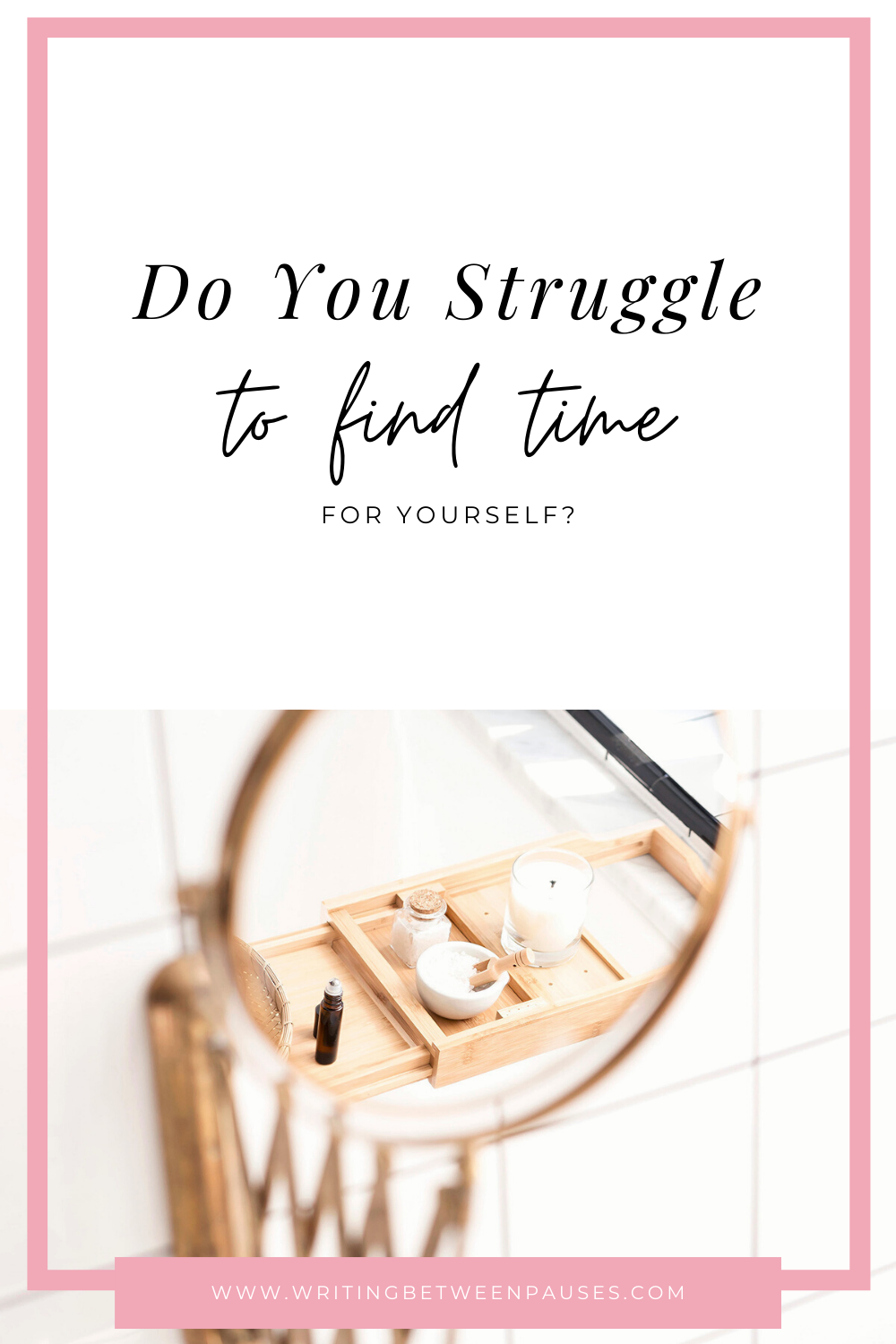“I think I’ve been waiting for this my entire life,” I told my therapist almost two weeks ago.
I’m always waiting for the disaster a little bit. For the bad thing to happen. At every single job I’ve ever had, I’ve waited to be fired. “One day,” I would tell everyone, “they’ll just notice that I don’t know what I’m doing and they’ll fire me.” I’m always waiting for the big snowstorm, the power outage, the car accident. I’m always waiting for something to go wrong somehow. I await chaos at every moment—so when chaos erupts, I actually feel really calm and collected. I stop panicking.
I experienced this after I got laid off in July. I remember telling my therapist how energized I felt, how it felt like I’d been waiting for the shoe to drop for years. We talked then about what this meant, how to prepare for the inevitable comedown.
When I went to my therapist appointment two weeks ago on Wednesday, freshly sanitizing and ready to stay 6 feet away from my therapist, I again felt more calm than I had in ages. We talked about the same thing then: right now, I feel calm because this feels like something I was prepared for… but eventually, it going to wear off.
I’m not saying this to say, “look at me! I was prepared!” I wasn’t totally prepared. While I’m always on the edge of my seat, waiting for the big bad… I didn’t think it would be this. I’m not happy about it. That’s for sure.
I left my last therapy appointment having no idea when I’ll be able to go back to therapy. However, my therapist offered to do virtual or phone sessions, so that’s good to know. At the time, we just didn’t know what would stay open and essential and what wouldn’t. I instead left with a plan to establish a really strict self-care routine that would hopefully carry me through this weeks and prepare me for the ultimate moment when staying home 24/7 with two other people would become too much.
It seems like it might be helpful to share what I’m doing and how I’m keeping my routine in place. I even made a handy printable for you, if you want to start putting a self-care routine in place.
Self-Care versus Self-Soothing
I’m obviously not a mental health professional. However, my therapist has always divided my self-care routine into two separate spheres: self-care (that is, regimented things that help me to improve my mental health and create boundaries) and self-soothing (that is, activities that make me feel better on bad days.
Here are some examples. For me, a self-care item is: is keeping a routine for my day (wake up, make coffee, write in my journal for 20 minutes). A self-soothing item is: doing an Aztec clay face mask at the end of the day.
Does that make sense? Good. Let’s jump into how I structure my routine.
My Self-Care Routine
My routine is ultimately ruled by Forrest’s routine. I knew I was going to have to give him some structure immediately. When Oregon schools announced they were closed until March 31, and then, April 28, I knew that in order to survive, he needed a schedule.
I drew something up that day. It looks something like this:
7:30am - wake up, get dressed, go through what day it is
8:00am - breakfast
8:30am - TV time (Let’s Go Luna and Daniel Tiger on TV)
10:00am - Lesson 1
10:15am - Lesson 2
10:30am - Quiet Play Time
11:30am - Lunch
12:00pm - Outside time
1:30pm - Lesson 3
1:45pm - Lesson 4
2:00pm - Quiet Play Time
3:30pm - Help mom with dinner
4:30pm - Dinner time
5:30pm - Family time
6:30pm - Quiet Play Time
8:00pm - Bedtime
That’s just the morning. Here’s how my schedule fits in:
6:00am - I wake up, get dressed, wash my face, make coffee, journal, and then work until Forrest wakes up
7:30am - wake up, get dressed, go through what day it is
8:00am - breakfast
8:30am - TV time (Let’s Go Luna and Daniel Tiger on TV)
During TV time, I catch up on work and do any chores, such as washing dishes or putting dinner in the crock pot.
10:00am - Lesson 1
10:15am - Lesson 2
10:30am - Quiet Play Time
During quiet time, I usually try to either take a shower, work, or catch up on laundry/chores.
11:30am - Lunch
12:00pm - Outside time. We usually go on an hour+ walk or hike; this is good for me too!
1:30pm - Lesson 3
1:45pm - Lesson 4
2:00pm - Quiet Play Time
During Quiet Play Time, I work.
3:30pm - Help mom with dinner
4:30pm - Dinner time
5:30pm - Family time
6:30pm - Quiet Play Time
This is self-soothing time. I usually lie in bed and play Animal Crossing, read a book, do a face mask, whatever.
8:00pm - Bedtime
After bedtime, I usually go through my to do list and see what I missed, transfer it to the next day, and make a game plan for what to hit during the day. I try to be in bed by 10pm, but sometimes that stretches to 11 or so.
Whew! I know that’s a lot of information. But I want to show you how my day fits into the schedule I’ve created for Forrest. His lessons aren’t full lessons; we usually read a book and do a worksheet or activity, paint a picture, or learn a song. (You can learn more about the resources I used for these lesson plans here.)
I try to hit a few big self-care routine pieces everyday:
Having a routine immediately upon waking up that helps me feel energized.
Giving myself time to work and get chores done as I need to (those quiet play times have helped a lot! Forrest’s room is a mess, but who cares).
Taking at least an hour for myself in the evening to just relax and do something I really enjoy.
I know for many people, the idea of doing this with kids seems super challenging. Here’s the truth: Forrest interrupts me a lot. But we’ve been talking to him lately about a few things:
When a door is closed, you knock and ask if it’s ok to come in. if the answer is no, then the answer is no.
When I’m working, I need to work. The less interruptions, the sooner I can make an egg carton tree with him.
During this time, it’s all about survival. It’s ok if a schedule like this won’t work for you. I want you to have the tools you need to create a routine that works for you and if my routine helps you, then that’s great. If not, that’s ok too! However, if you are working from home for the first time, it is important to establish boundaries, if you have kids or a partner, that will help you get your work done and not feel totally overwhelmed. If you need work from home tips, here are mine.
I have also been trying to work in time to meditate each day—or at least sit, without a screen in front of me or a book or my journal or something, and just think and breathe. I really like this guide to beginning meditation.
I also created a handy-dandy printable for you to outline your own self-routine schedule. This is formatted by a checklist and includes a gratitude section; you can use it for daily journaling or just as a one-off. However you use it, I’d love to see it! You can use the hashtag #thisweeksgoldstar on Instagram.
I hope it helps you! I’m always here to chat. This is a tough time, but if we lean on each other, we’ll all be held up. Stay safe, stay home, and stay healthy!
























